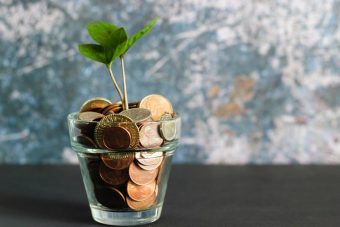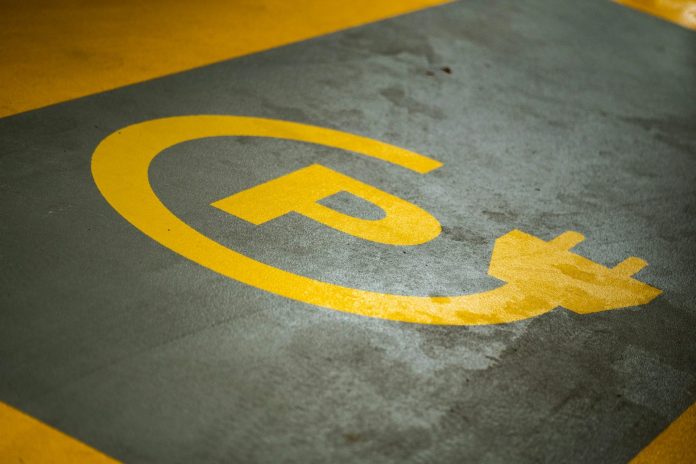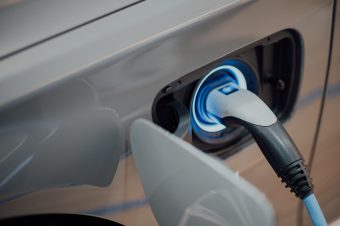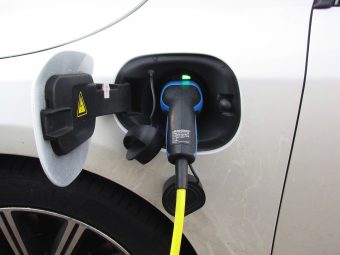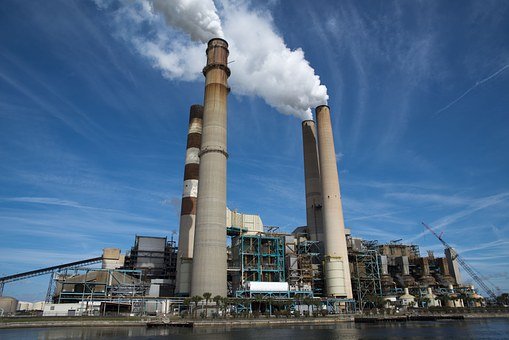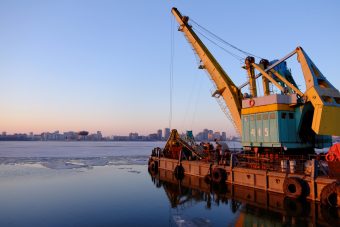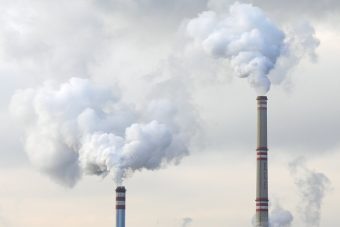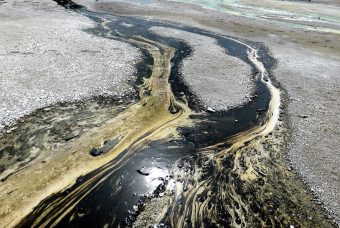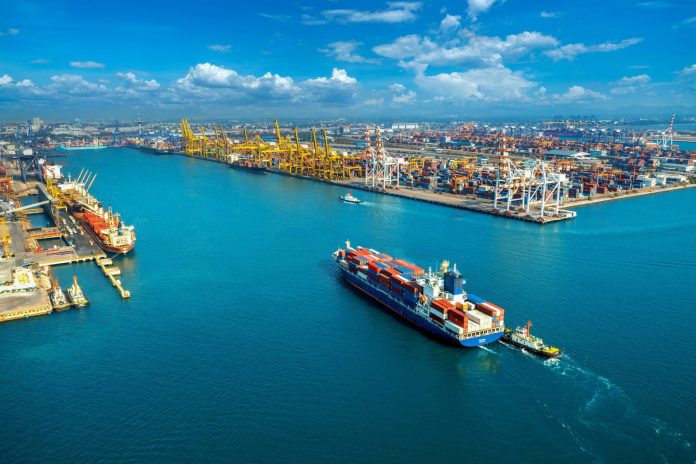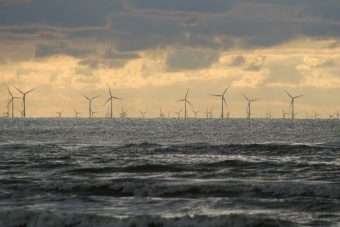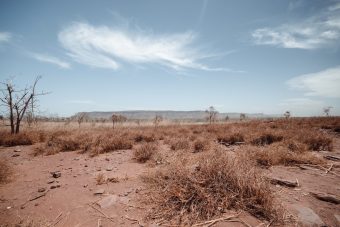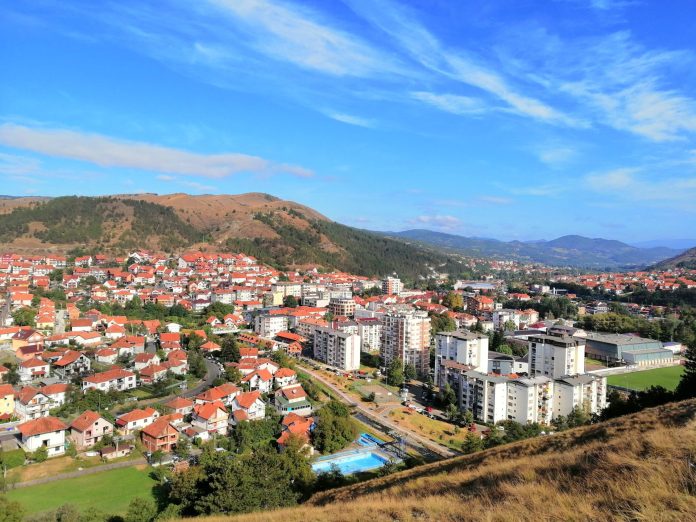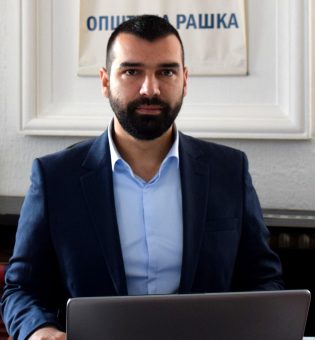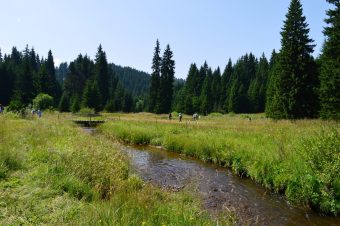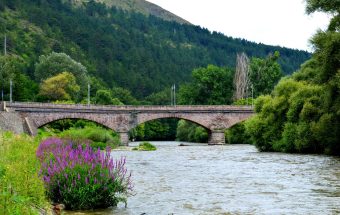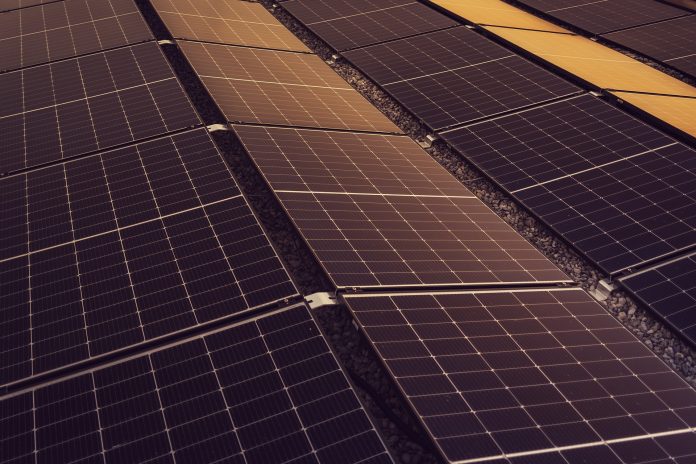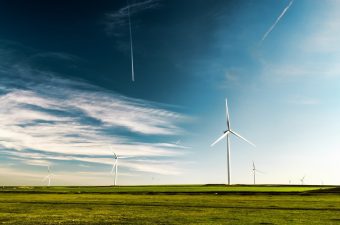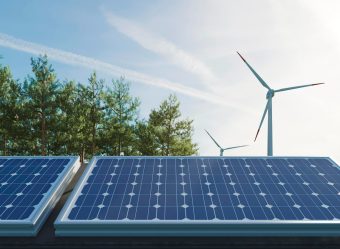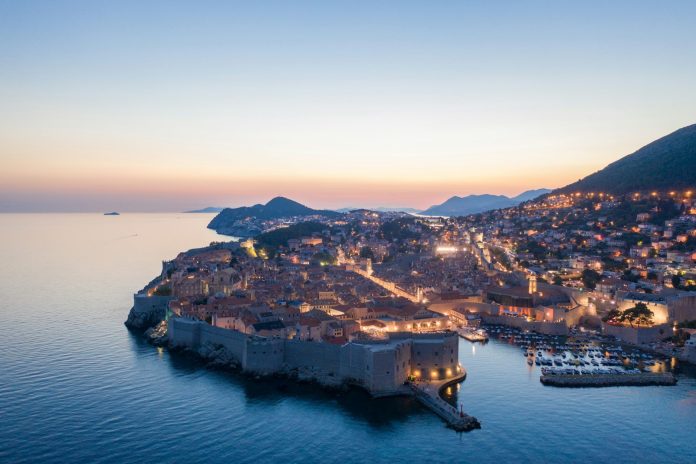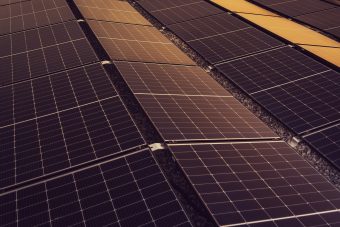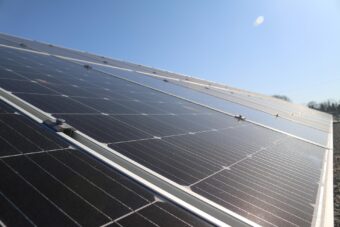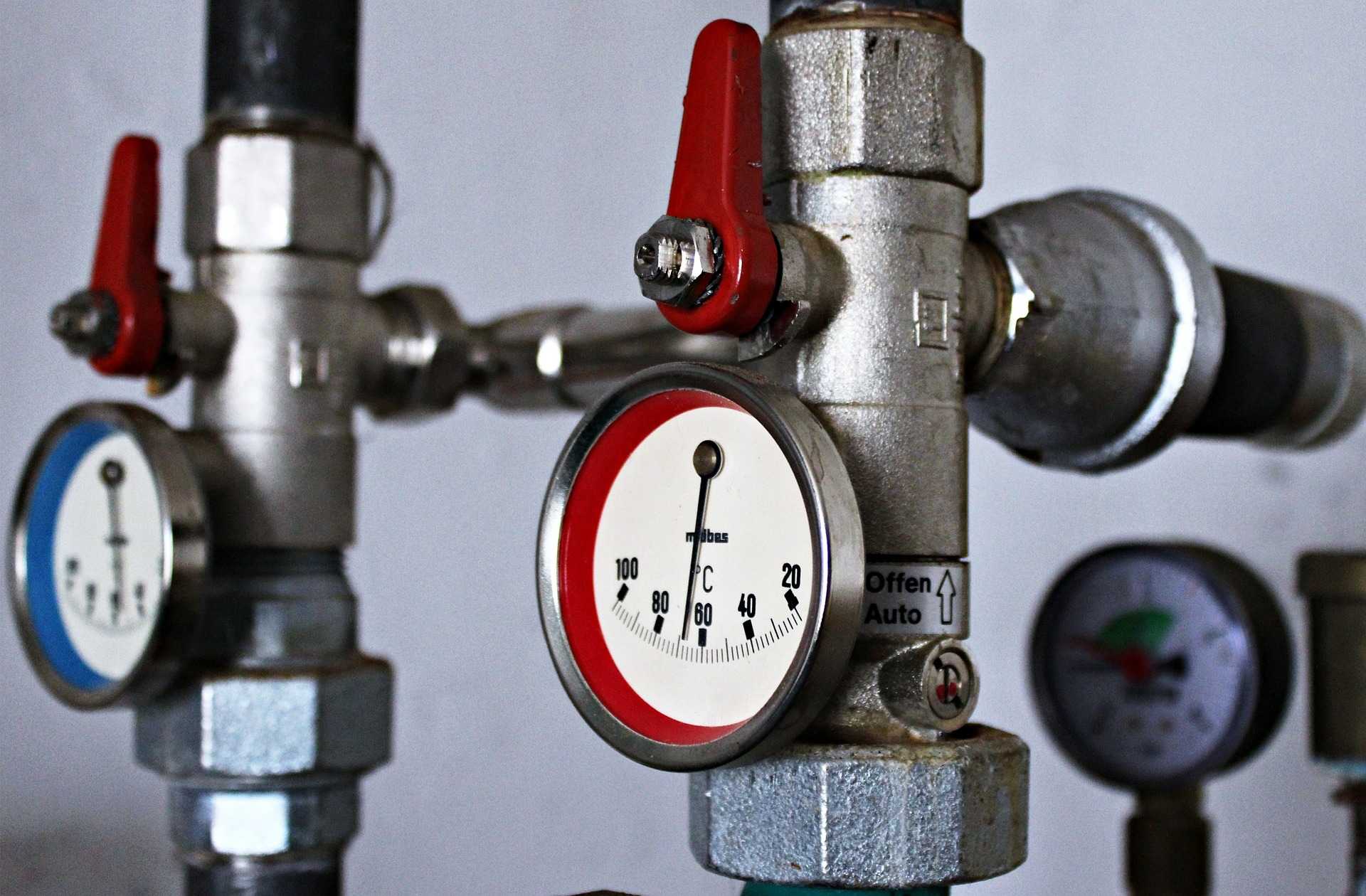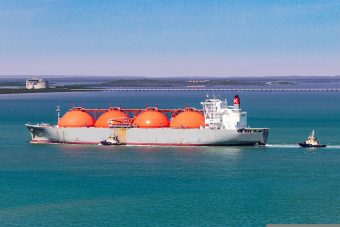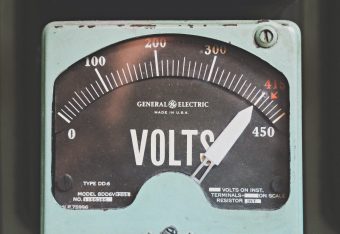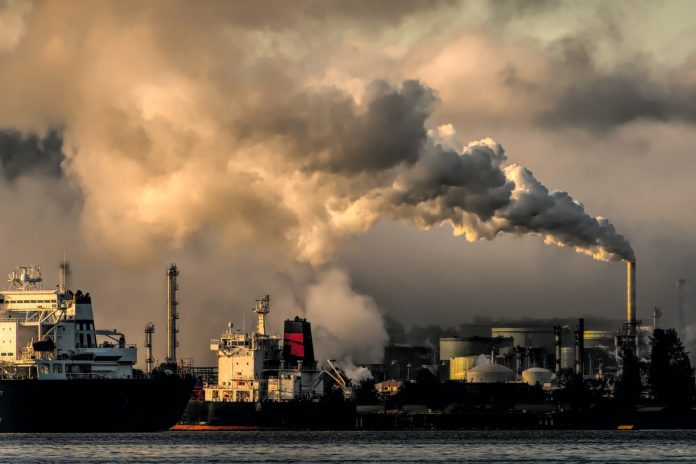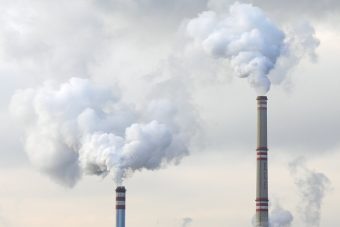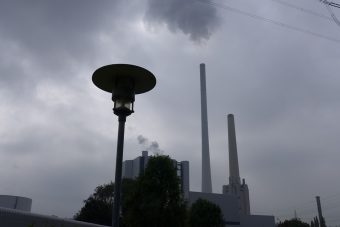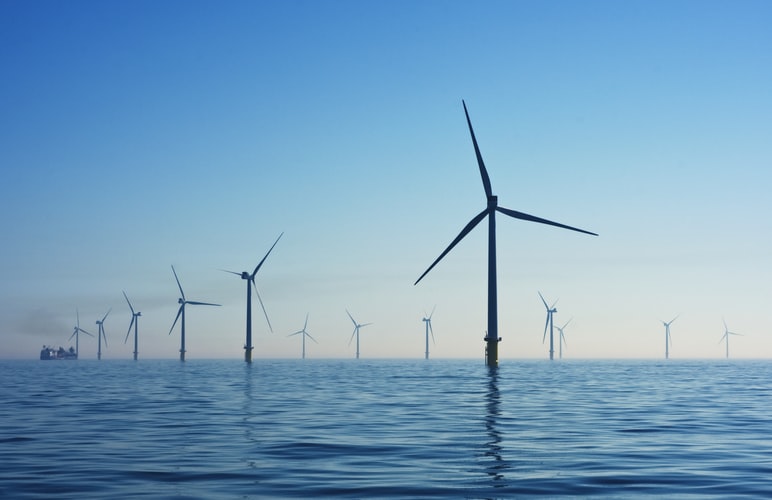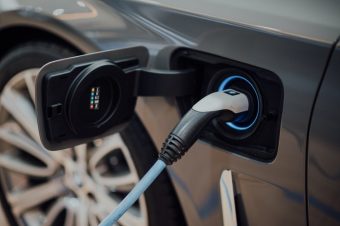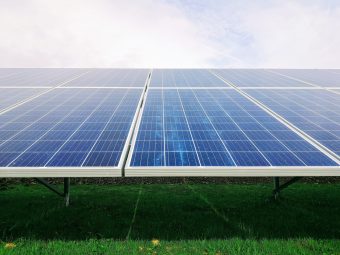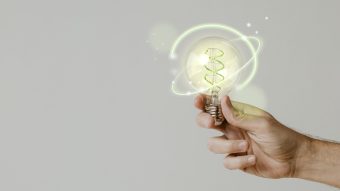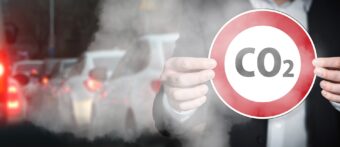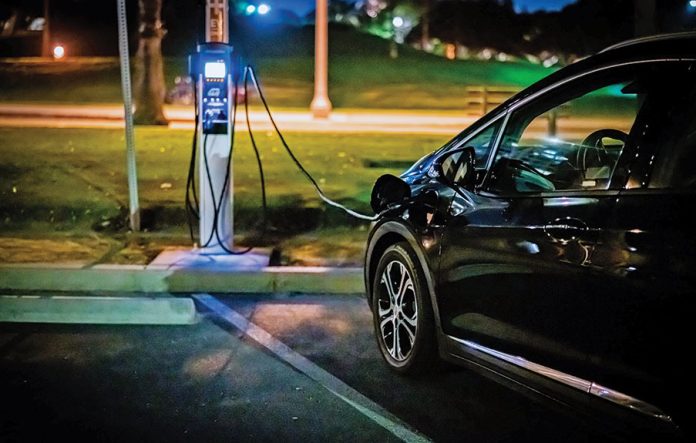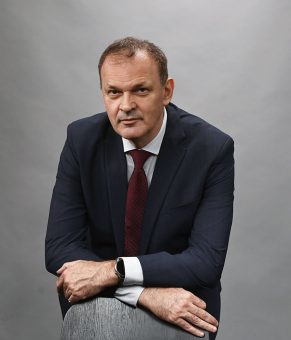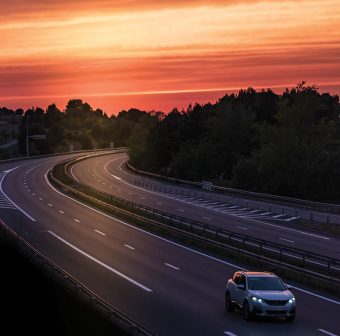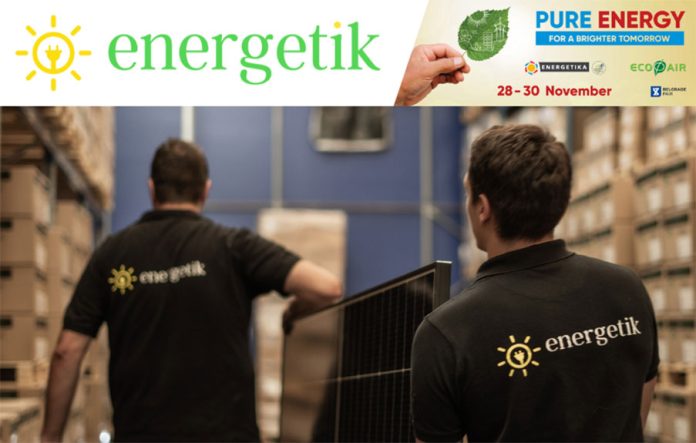
Antimicrobial resistance (AMR) is one of the greatest global health threats. It was associated with an estimated five million deaths in 2019, and if left unchecked, it could have a catastrophic impact on people and the economy. Research from the United Nations Environment Programme (UNEP) shows it could shave US$ 3.4 trillion off GDP annually and push 24 million people into extreme poverty in the next decade.
Pollution from the pharmaceutical, agriculture and healthcare sectors is one of the main drivers of AMR, which occurs when bacteria, viruses, fungi and parasites evolve over time and develop the ability to defeat the drugs designed to combat them.
A recent study found that more than a quarter of some 258 rivers around the world were polluted with drugs to a toxic degree. The highest concentrations of active pharmaceutical ingredients were found in Sub-Saharan Africa, South Asia, and South America.
“Limiting the emergence and spread of antimicrobial resistance is critical to preserving the ability to treat diseases, reduce food safety and security risks, fight inequities and protect the environment,” said Jacqueline Álvarez, the Chief of the Chemicals and Health Branch at UNEP. “AMR is a complex and interconnected crisis. It requires preventative and management measures with a ‘One Health’ approach that recognizes that the health of people, animals, plants and the environment are closely linked and interdependent.”
To mark World AMR Awareness Week, which takes place from 18 – 24 November every year, here is a primer on what is driving the spread of AMR.
1. Misuse of antibiotics
Excessive and inappropriate use of antibiotics can lead to antibiotic-resistant strains of bacteria. People can misuse antibiotics by not completing the prescribed course of antibiotics, using the incorrect dosage or being prescribed antibiotics unnecessarily. This haphazard approach, coupled with the improper disposal of drugs, allows more resistant bacteria to thrive, multiply and potentially lead to the development of superbugs that are difficult, if not impossible, to treat with existing antibiotics.
Antimicrobial misuse in the livestock sector, aquaculture, companion animals, and crop production is also a major concern with a risk for the development and spread of antimicrobial resistant microorganisms.
MORE:
- FIRST EBRD LOAN TO SUPPORT SOLAR POWER IN CROATIA WITH INVESTEU
- EBRD AND SPARKASSE BANK MAKEDONIJA SUPPORT SMALL BUSINESSES IN NORTH MACEDONIA
- EBRD HELPS MONTENEGRO TO SCALE UP INVESTMENTS IN RENEWABLES
2. A lack of access to clean water and sanitation

Poverty, lack of clean water and poor sanitation make AMR worse. People living in places with limited access to water, sanitation and hygiene are at greater risk of coming into contact with contaminated water that may carry a variety of pathogens, including bacteria resistant to antibiotics. Animals are also more susceptible to diseases when hygiene conditions are poor.
AMR also exacerbates inequities within societies. Vulnerable groups, including women, children, migrants, refugees, and those living in informal settlements, are particularly vulnerable to drug-resistant infections and may have less access to health systems. Uncontrolled and untreated sewage exacerbates the problem.
3. Pollution from pharmaceutical companies and farming
Pollution from pharmaceutical manufacturing, livestock farming, aquaculture, intensive crop production and the healthcare sector are key drivers of AMR. Although the pharmaceutical industry has helped to improve public health, untreated or inadequately treated waste from drug manufacturing factories often ends up in the environment, contributing to the build-up of drug-resistant microbes. The improper disposal of unused and expired medicines also fuels the spread of AMR.
The overuse of drugs in agriculture remains a concern as farmers around the world continue to rely on antimicrobials to maintain the health of animals and, in some cases, promote their growth. Meanwhile, up to 75 per cent of antibiotics used in aquaculture or aquafarming may be lost into the surrounding environment. Fungicides, antibiotics, and other chemicals used in crops are usually applied directly into the environment and could result in higher local concentrations of these pollutants with subsequent effects on antimicrobial resistance.
4. Mass movement of people
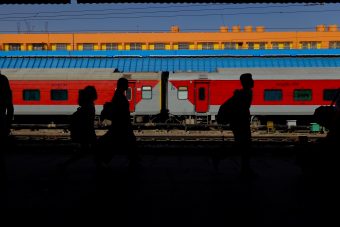
Rapid globalization has resulted in increasing numbers of people and goods moving across borders. In 2019 alone, a record 4.5 billion people travelled by air. The mass movement of people may contribute to the burden of antimicrobial resistance by allowing resistant microorganisms to travel from one side of the world to the other. Research has shown that antimicrobial-resistant bacteria carried by humans may persist for up to 12 months after travel, further contributing to the risk of AMR transmission.
To complicate matters, according to the UN Refugee Agency, there are currently 110 million forcibly displaced people around the world. Many of them lack access to basic rights including proper housing, healthcare, water and sanitation, which are all factors that increase the spread of AMR.
5. Climate change and biodiversity loss
The climate crisis is exacerbating antimicrobial resistance. Extreme weather events, such as floods and rising temperatures, help proliferate microbes in the environment. Flooding can cause wastewater and sewage that is full of antimicrobial-resistant microbes to overwhelm treatment plants and contaminate surrounding areas. Biodiversity loss makes AMR worse by diminishing the richness of plant species that might hold the key to medicines that can treat infections now resistant to drugs.
Source: UNEP




